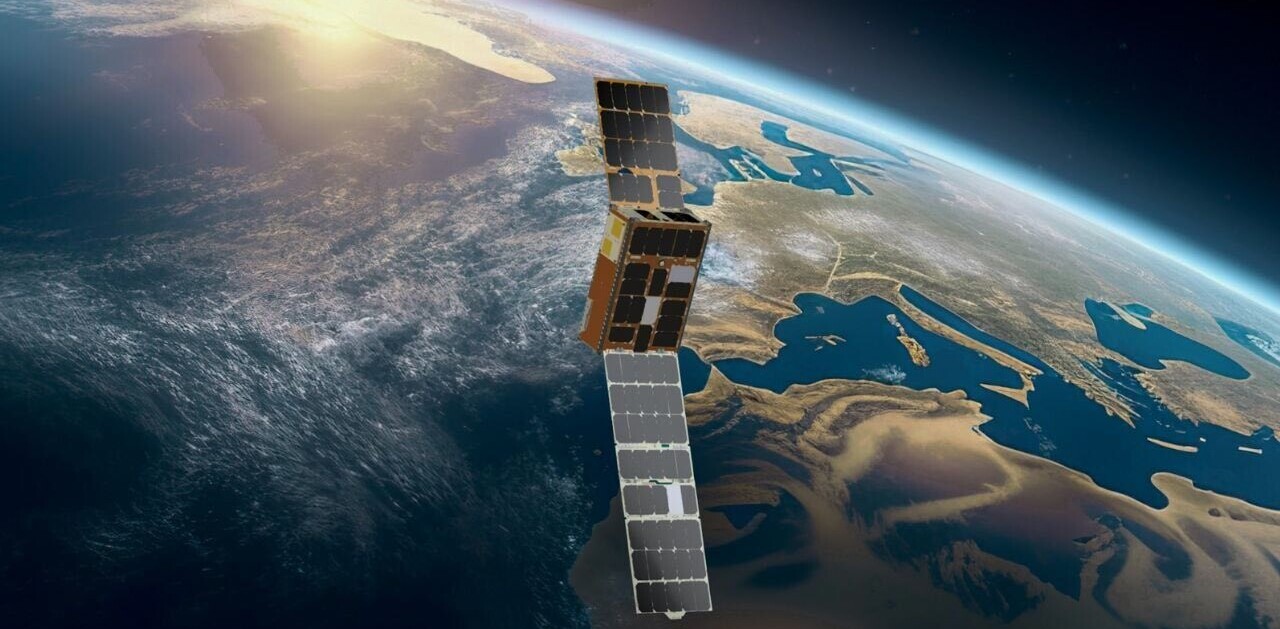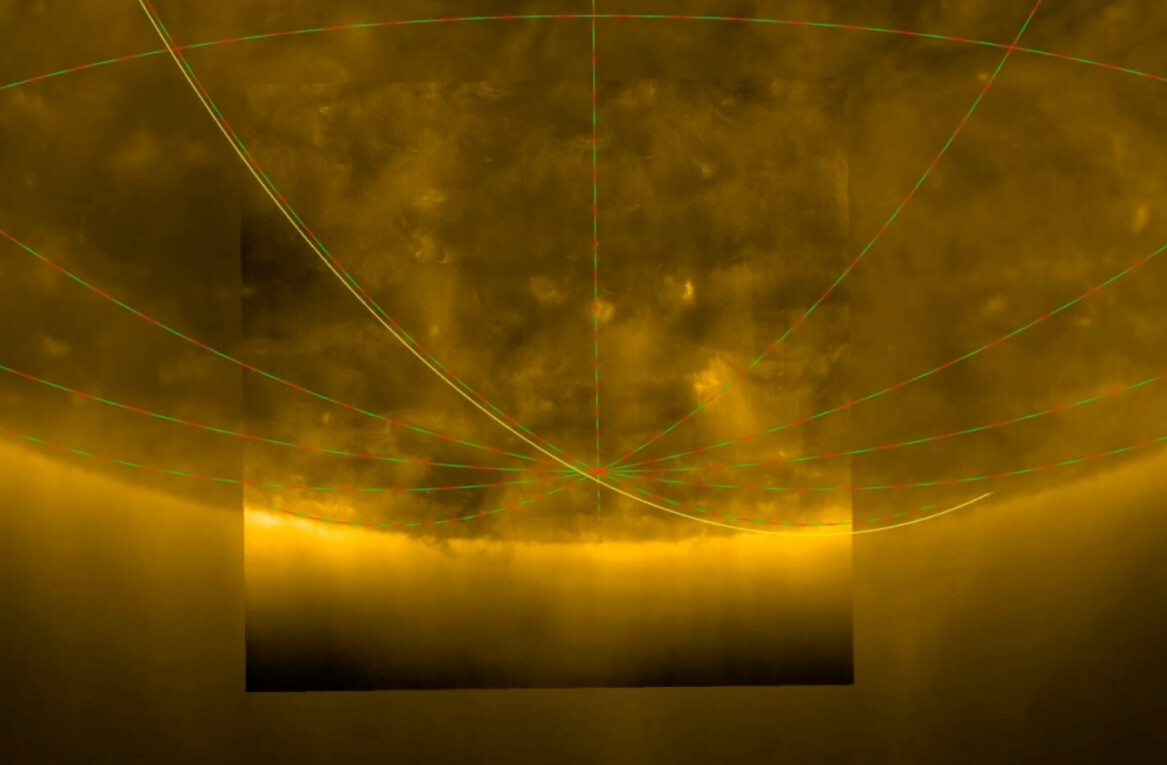In 1996, Joseph W. Ashy, former U.S. commander-in-chief of the North American Aerospace Defense Command, famously said: “We’re going to fight in space. We’re going to fight from space and we’re going to fight into space.”
In less than three decades since then, we’ve seen the establishment of the U.S. Space Force, anti-satellite weapons testing by major spacefaring nations and the rapid development of weapons that can interfere with, disrupt or destroy space assets.
No wonder there are many concerns about the potential of war in space. But the belief in the inevitability of space becoming the next major battlefield runs the risk of becoming, as space law expert Steven Freeland writes, “a self-fulfilling prophecy if care and restraint is not exercised.”
It is therefore refreshing that, on April 18, U.S. Vice-President Kamala Harris committed the United States to “not conduct destructive direct-ascent anti-satellite missile testing.”
Legal effect
The context surrounding the statement by Harris, who also chairs the National Space Council, suggests it is more than a political commitment. The declaration was expressed in “clear and specific terms.” It was also preceded by the claims that the U.S. “will lead by example” and “be a leader in order to establish, to advance, and demonstrate norms for the responsible and peaceful use of outer space.”
Under international law, “declarations publicly made and manifesting the will to be bound” can create legal obligations. In this case, the U.S. issued a unilateral declaration, which has both tremendous political impact and legal effect.
The U.S. declaration must be read in light of the ongoing multilateral exchanges on reducing space threats through norms, rules, and principles of responsible behavior, and the upcoming Open-Ended Working Group on reducing Space Threats. It will be of interest to see whether other countries will join the U.S. in making such declarations.
Groundbreaking, but not unprecedented
For decades, countries have expressed concern about an arms race in outer space, and underlined that the placement of weapons in outer space that would pose a “grave danger for international peace and security.”
In the early 1980s, the then-General Secretary of the Soviet Union, Yuri Andropov, announced that Moscow would not “be the first to put into outer space any type of anti-satellite weapon.” Andropov issued a “moratorium on such launchings for the entire period during which other countries, including the United States, will refrain from stationing in outer space anti-satellite systems of any type.”
Since 2014, the vast majority of countries have voted in favor of a United Nations General Assembly resolution that upholds their political commitment to not be the first to place weapons in space.
Even so, several anti-satellite missile tests have been conducted over the years, most recently by Russia in late 2021. The wanton creation of debris by these tests has been said to have greatly “increased risk to the sustainability & stability of outer space and human space flight.”

Language matters
Although the latest declaration from the U.S. is welcome, the commitment is to not conduct the testing of anti-satellite missiles from Earth. Nothing suggests that the U.S. has also committed to not using direct-ascent missiles, and there is nothing about the testing or use of weapons in space or weapons from space.
There is also alarming silence on refraining from other methods of disabling, disrupting, or destroying space objects through, for instance, electromagnetic or cyber means.
The proposed Treaty on the Prevention of Placement of Weapons in Outer Space aims to prohibit the placement of any weapons in outer space and prohibit the threat or use of force against space objects, but it has been opposed by the U.S. and others.
Peace in space
From basic functions such as global communications, positioning, and navigation to the monitoring of changing weather patterns, and alleviating food and water shortage, space applications are integral to modern life. The consequences of the disruption or destruction of even a part of the space infrastructure that is so crucial to civilians, industry, and militaries are unimaginable.
Placing or using weapons in outer space would increase the probability of conflict. The weaponization of outer space is not inevitable — rather, “it is a choice.”
International space law places constraints on the testing and use of anti-satellite weapons and the disruption of radio frequency signals. The law also limits other ways of causing unwanted interference with the space operations of other countries.
It is encouraging to note that on the same day as the vice-president’s commitment, the White House in its press release announced that “[c]onflict or confrontation in outer space is not inevitable.”
The benefit of all
Space is a global commons, “available for all to use.” According to the 1967 Outer Space Treaty, space must be explored and used “for peaceful purposes” and “for the benefit and in the interests of all countries.”
The McGill Manual on International Law Applicable to Military Uses of Outer Space is the world’s first manual clarifying international law applicable to military uses of outer space during peacetime.
By clarifying the limitations international law places on the threat or use of force in outer space, it is hoped that the McGill Manual will further the belief that conflict in space is not inevitable.
The U.S. unilateral declaration has provided the opportunity to work towards preventing the spread of conflict into outer space. It has also provided the momentum for other countries to reaffirm their commitment to explore and use space in a safe, responsible and sustainable manner.![]()
Article by Kuan-Wei Chen, Executive Director, Centre for Research in Air and Space Law, McGill University
This article is republished from The Conversation under a Creative Commons license. Read the original article.
Get the TNW newsletter
Get the most important tech news in your inbox each week.






